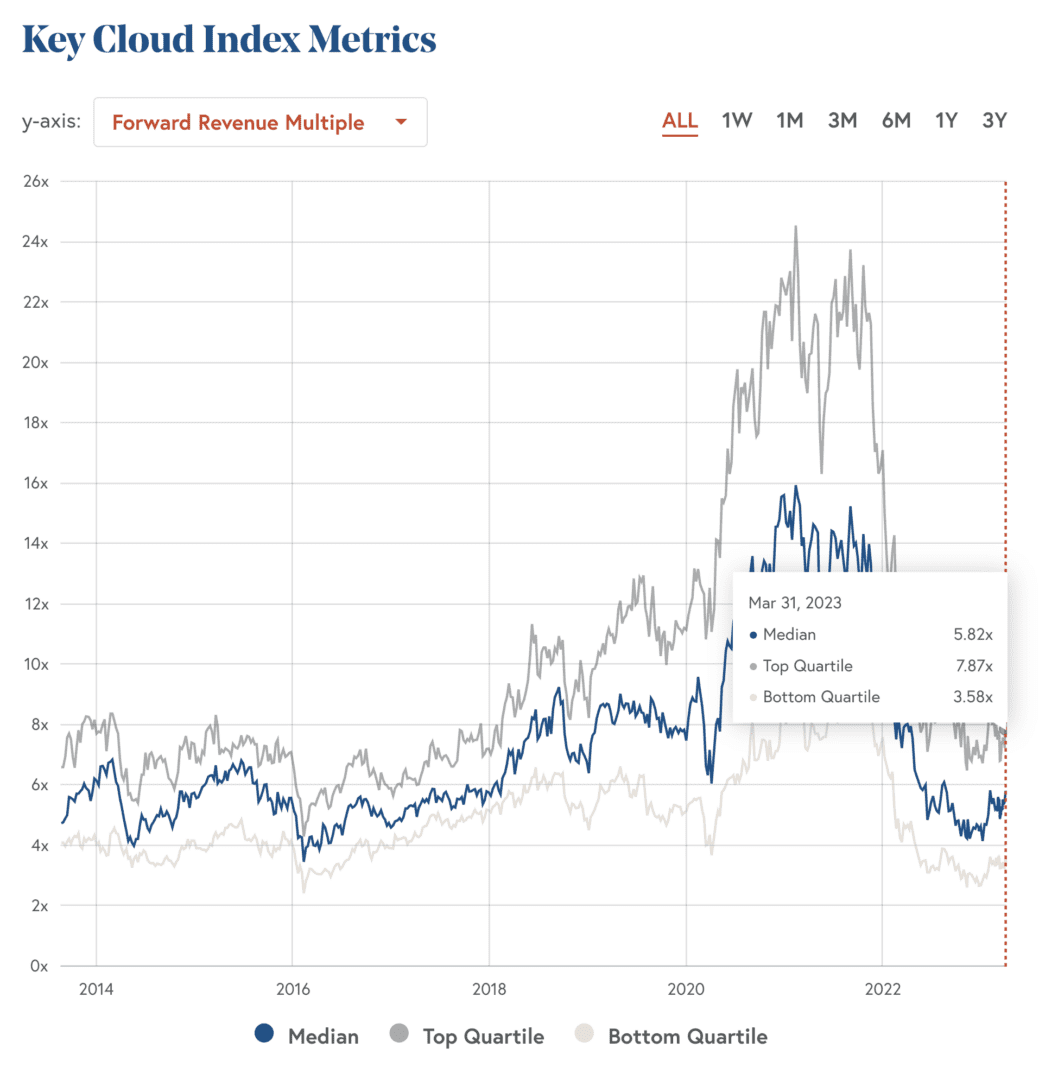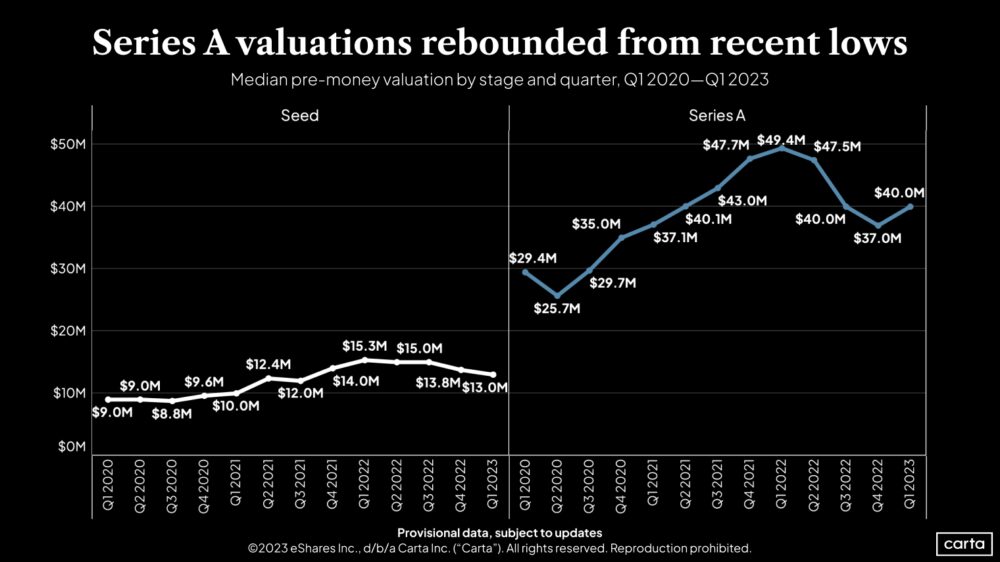Dear SaaStr: How Do VCs Value Startups?
Valuations in venture have never varied more in SaaS than now. As a really rough metric, we’re back to anchoring about 10x ARR. The very best startups will be able to raise at higher than 10x ARR. The rest may get offers below 10x ARR. After all, the average public SaaS company right now trades at about 6x ARR:
But it’s not quite that simple. There is one common factor, that founders know, but often lose track of in their pitch: every VC, at any stage, is looking for outliers. No matter the price or how early or late.
Your pitch, your team, your metrics, your market position, your vision, your TAM, your everything, should honestly and transparently but aggressively and positively show how you can be an outlier.
It is hard to make money as a VC, as odd as that may sound. You generally need several unicorns per fund, and 1 per year, and often even a decacorn per fund, to truly do well. More on that here: Why VCs Need Unicorns Just to Survive | SaaStr
Now, VCs have a benefit in that not every single investment has to be a unicorn. They do have the benefit of a portfolio approach, which founders don’t But 1 or more from each “batch”, from each, fund, does need to be to do extremely well.
The risk VCs try to take is that some signals of a potential unicorn are there. And then, they are OK if it always pan out. They have 15–30 bets per fund, after all.
But VCs do not want to take the risk though on decent growth or metrics, but no signs it could be a unicorn.
So what that means first is, as soon as VC doesn’t believe you at least have a shot at being a unicorn, they need to move on. The meeting ends. The later the stage the VC is, the higher the % odds they need to believe it will happen. But the “conviction” is basically the same at every stage.
Second, it means VCs will be looking for signs you can be an outlier. They do want to believe. That’s their job, after all. And how they get paid. Those signs include:
- Incredible, proven team. They don’t always do it again. But often enough to justify the risk.
- Incredible, sort-of-proven team. Maybe they didn’t already do it once, but they are one of top teams from Facebook, Salesforce, Google, Twilio, etc. You take a bet on a top team.
- Top 10% growth. So you can get to $100m+ ARR in 7–10 years. Sometimes, companies that grow quickly do stop growing. But in SaaS, if the customers are happy, and the founders are strong, it’s not that common. It does take “Top 10%” growth or so though to build up to $100m in ARR in 7–10 years. VCs are looking for that.
- Incredible word-of-mouth. Even if the metrics aren’t there yet, word-of-mouth is the ultimate marketing too. If everyone is using Trello, or Mixmax, or Notion, or Superhuman, or whatever … that suggests a future of hypergrowth.
- Fantastic logos (at least a couple). If you are early, and have no track record or even word-of-mouth … but if both Google and Facebook have bought your product and said you are the best-in-next-generation now … everyone will want to invest. Even if the metrics and team aren’t there yet .
VCs are looking for signs. Signs you can be the next Zoom or Slack or Notion or Datadog.
Package up those signals in your pitch. Do it honestly, but make sure you highlight them. They are almost all that matter to a VC.
(worth image from here)



